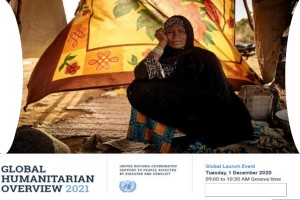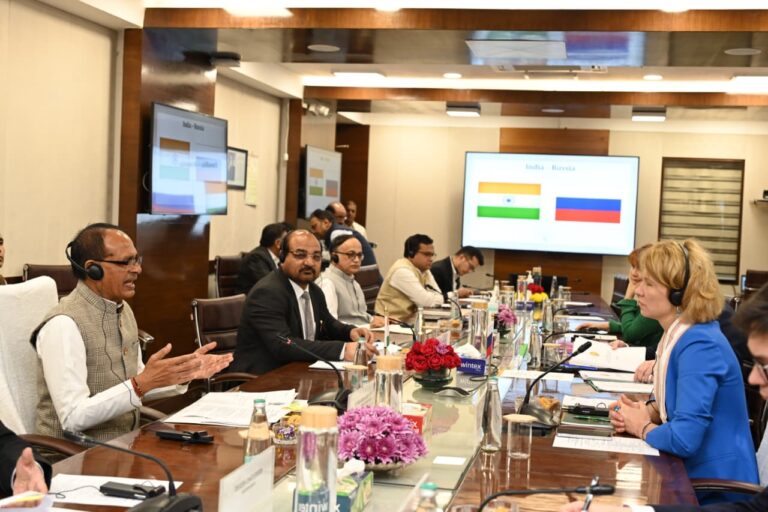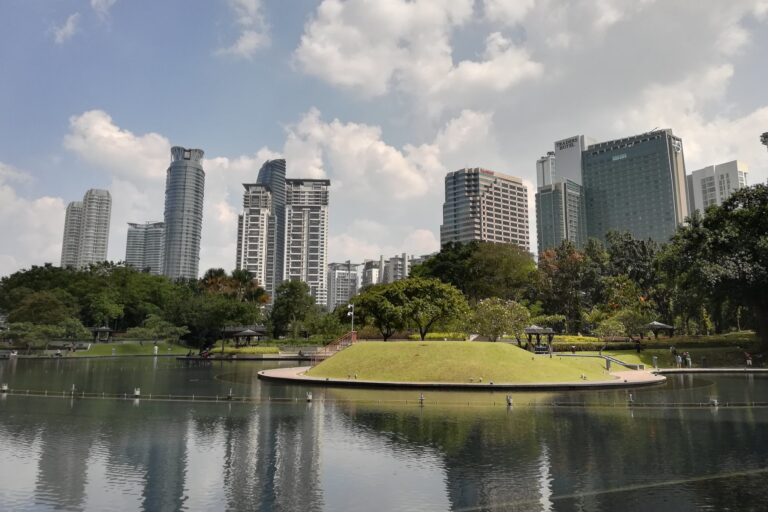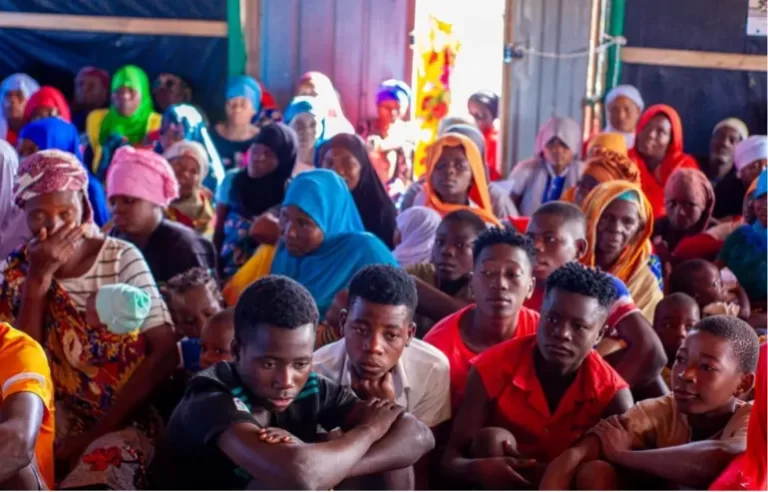
Geneva: As COVID-19 wreaks havoc, 235 million people worldwide will need humanitarian assistance and protection in 2021 — an increase of 40 per cent in a year. As the lives of people in every nation and corner of the world have been upended by the impact of the pandemic, extreme poverty has risen for the first time in 22 years and multiple famines loom on the horizon..
If all those who will need humanitarian aid next year lived in one country, it would be as big as the world’s fifth largest nation!
The United Nations said along with its partners, it now aimed to help 160 million of the most vulnerable people who face hunger, conflict, displacement, and the impacts of climate change and the COVID-19 pandemic, at an estimated cost of $35 billion. The estimated amount is more than double of what international donors had given for collective humanitarian response in 2020, which still stood at a record $17 billion!
The Global Humanitarian Overview (GHO) 2021, that sets out 34 response plans covering 56 vulnerable countries, was presented here today at an event with opening remarks from UN Secretary-General António Guterres and UN humanitarian chief Mark Lowcock, and the participation of donor representatives and national and international NGOs. Subsequent presentations will take place on the same day in Berlin, Brussels, London and Washington, D.C.
“The humanitarian system again proved its worth in 2020, delivering food, medicines, shelter, education and other essentials to tens of millions of people,” said UN Secretary-General António Guterres.
“But the crisis is far from over. Humanitarian aid budgets face dire shortfalls as the impact of the global pandemic continues to worsen. Together, we must mobilize resources and stand in solidarity with people in their darkest hour of need.”
UN humanitarian chief Mark Lowcock said: “The rich world can now see the light at the end of the tunnel. The same is not true in the poorest countries. The COVID-19 crisis has plunged millions of people into poverty and sent humanitarian needs skyrocketing. Next year we will need $35 billion to stave off famine, fight poverty, and keep children vaccinated and in school.
“A clear choice confronts us. We can let 2021 be the year of the grand reversal – the unravelling of 40 years of progress – or we can work together to make sure we all find a way out of this pandemic.”
The GHO 2021 includes country-specific plans for Afghanistan, Burkina Faso, Burundi, Cameroon, Central African Republic, Chad, Colombia, Democratic Republic of the Congo (DRC), Ethiopia, Haiti, Iraq, Libya, Mali, Mozambique (new), Myanmar, Niger, Nigeria, occupied Palestinian territories, Pakistan (new), Somalia, South Sudan, Sudan, Syria, Ukraine, Venezuela, Yemen and Zimbabwe (new).
It also has the following regional inter-agency plans: DRC Regional Refugee Response Plan, South Sudan Regional Refugee Response Plan, Syria Regional Refugee Response Plan (Syria 3RP), Rohingya Joint Response Plan, Venezuela Regional Migrant and Refugee Plan, and the Regional Migrant Plan for the Horn of Africa and Yemen (new).
– globalbihari bureau






We’re a gaggle of volunteers and opening a brand new scheme in our community.
Your web site provided us with useful information to work
on. You have performed a formidable task and our entire community will probably be thankful to you.
I just couldn’t depart your site before suggesting that I really enjoyed the standard info a person provide for your visitors? Is gonna be back often to check up on new posts
Thank you for this article. I’d also like to state that it can possibly be hard when you are in school and starting out to create a long history of credit. There are many students who are simply just trying to live and have a good or favourable credit history can sometimes be a difficult factor to have.
I?ll immediately clutch your rss as I can not in finding your email subscription hyperlink or e-newsletter service. Do you’ve any? Kindly allow me realize so that I may subscribe. Thanks.
It’s my opinion that a home foreclosure can have a significant effect on the borrower’s life. Foreclosures can have a 8 to several years negative effect on a borrower’s credit report. A borrower who have applied for a home loan or virtually any loans for example, knows that the actual worse credit rating is, the more tricky it is to obtain a decent mortgage loan. In addition, it could possibly affect a borrower’s chance to find a quality place to lease or hire, if that turns into the alternative housing solution. Good blog post.
Another thing I have noticed is the fact that for many people, bad credit is the reaction of circumstances beyond their control. By way of example they may be actually saddled through an illness so they have excessive bills going to collections. It can be due to a occupation loss or even the inability to do the job. Sometimes divorce can send the finances in an opposite direction. Many thanks for sharing your notions on this blog.
One other thing I would like to convey is that in place of trying to match all your online degree training on times that you finish work (since most people are drained when they go back home), try to have most of your classes on the week-ends and only a couple of courses in weekdays, even if it means a little time off your weekend break. This is really good because on the weekends, you will be much more rested and concentrated with school work. Thanks a bunch for the different suggestions I have realized from your web site.
Thanks for the ideas you write about through this web site. In addition, many young women which become pregnant tend not to even seek to get medical care insurance because they are full of fearfulness they would not qualify. Although a few states right now require that insurers supply coverage in spite of the pre-existing conditions. Costs on these kind of guaranteed options are usually bigger, but when taking into consideration the high cost of health care it may be a safer route to take to protect one’s financial future.
Hi there very cool website!! Guy .. Excellent .. Amazing .. I’ll bookmark your site and take the feeds additionally?I’m glad to search out so many useful information here within the put up, we want develop extra techniques on this regard, thanks for sharing. . . . . .
Thanks for any other great post. The place else may just anybody get that kind of info in such an ideal means of writing? I’ve a presentation subsequent week, and I am on the search for such information.
I’ve learned some new things through the blog post. Yet another thing to I have seen is that in most cases, FSBO sellers will probably reject you. Remember, they might prefer not to ever use your services. But if you actually maintain a gentle, professional romance, offering guide and keeping contact for four to five weeks, you will usually have the capacity to win an interview. From there, a listing follows. Thanks a lot
You made some respectable points there. I seemed on the web for the issue and found most individuals will go along with with your website.